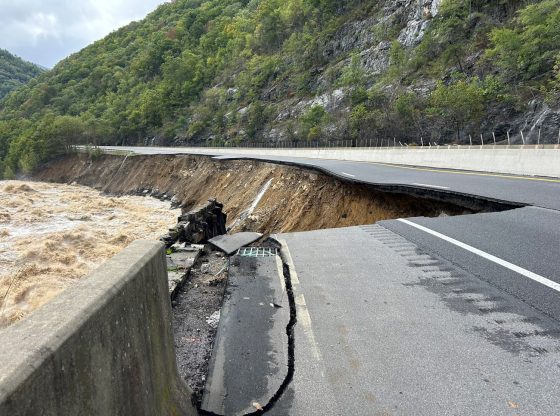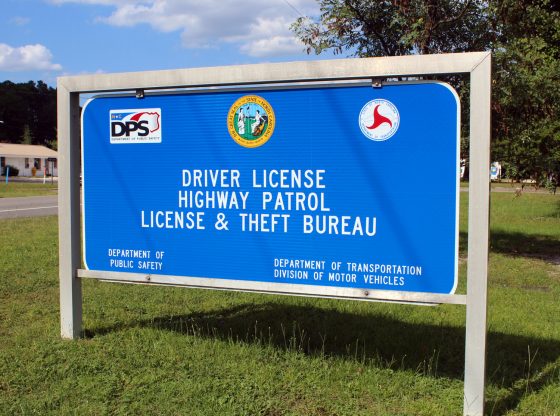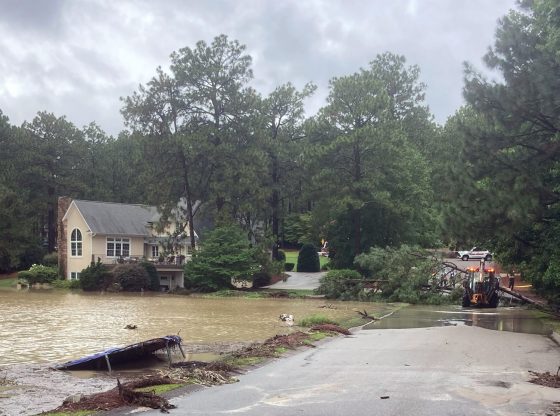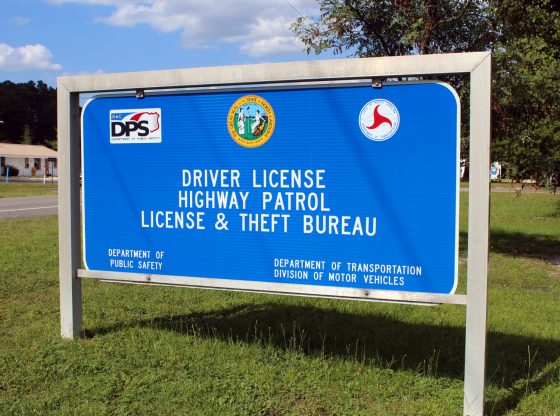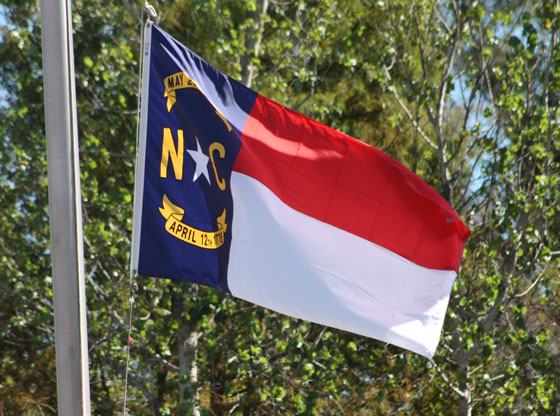The N.C. Department of Transportation’s response to Hurricane Helene has been relentless over the first 100 days since the storm devastated parts of Western North Carolina in late September.
NCDOT employees have worked hundreds of thousands of hours to help the mountain region recover from the most destructive storm in state history. Everyone in the department, from every county in the state, has assisted or sacrificed in some way to help Western North Carolina.
“It’s been a major team effort, and teamwork is one of the most important organizational values we have at NCDOT,” Division 11 Engineer Michael Poe said in a press release. “I can’t think of a better example of this value than the way our folks have responded to this disaster.”
The magnitude of the damage was staggering — more than 9,200 damage sites and more than 1,400 roads closed since the beginning of the storm. Employees from every highway division rushed to join the road restoration.
“Now, just over 100 days later, thanks to the efforts of NCDOT employees, leadership, contract partners, crews from the Kentucky Transportation Cabinet, and many others who sacrificed, those numbers and those roads look drastically different,” said the release. “More than 85% of the roads have reopened. There are only about 185 sections of roads that remain closed.
In the immediate aftermath, NCDOT crews focused on emergency response — working around the clock as much as possible to provide communities with at least emergency access.
“Several of our major corridors were closed down, and that required us to do some things that we wouldn’t normally do, and we worked through issues with not being able to send an email or make a phone call,” Division 13 Engineer Tim Anderson said. “We were knocking on doors to get our contractors up and running, helping the quarries open back up, and the community responded.”
Following emergency response, the next phase focused on installing short-term solutions such as temporary bridges, pipe-filled fords, and gravel roads, sometimes topped with a thin layer of asphalt before winter set in. This work reconnected communities with towns and towns with cities.
“We reconnected all of our communities to state roads by Thanksgiving,” Anderson said. “Also, we installed 26 temporary bridges in the first 90 days in Division 13.”
NCDOT reminds the public that temporary repairs are not designed to withstand significant rain events like the storm that brought flooding after Christmas. They may require further repairs if washed out again, in which case the department will take immediate action and ask for the public’s patience until access can be restored. Winter conditions could also restrict NCDOT’s ability to make additional repairs over the next couple of months. The department will continue to make repairs as the weather permits.
Permanent repairs are the ultimate goal to keep roads in good shape even during significant rain events. Designs and contracts for permanent road repairs and bridge replacements are currently being prepared, with plans to award these contracts in the spring.
Moving Forward
Entering the new year with emergency and temporary conditions in place, the focus of engineers in the field and in NCDOT offices turns to punch-list items for completed repairs — like striping and guardrail — and long-term restoration across the region.
Innovative contracts are already in progress to restore highways in the obliterated basins: I-40 beside the Pigeon River, U.S. 64/74A beside the Rocky Broad through Bat Cave and Chimney Rock, and the Cane and Nolichucky rivers in Yancey County, which decimated U.S. 19W and U.S. 197.
In the Pigeon River Gorge, contract crews continue installing soil-nail walls to stabilize the westbound lanes for future reconstruction. Crews are also working on an operation to provide one lane of traffic in each direction to reestablish movement through the gorge.
NCDOT and its contractors have constructed a temporary road between Bat Cave and Chimney Rock that serves local residents, provides emergency access, and will be utilized as contractors rebuild new roads from bedrock.
In Yancey County, gravel roads have been established, creating connections to every community, and Division 13 engineers are developing contracts for each of the highways that require rebuilding.
“I believe in our folks, and I believe in their character, honor and the wherewithal to get things done,” Division 14 Engineer Wanda Payne said. “In the next few months, we will see a lot of activity that will finish what we’ve accomplished thus far and move into areas where we’ve not been able to move from temporary to permanent access.”
Contributed article and photo.


